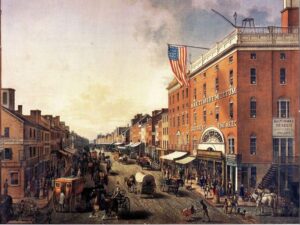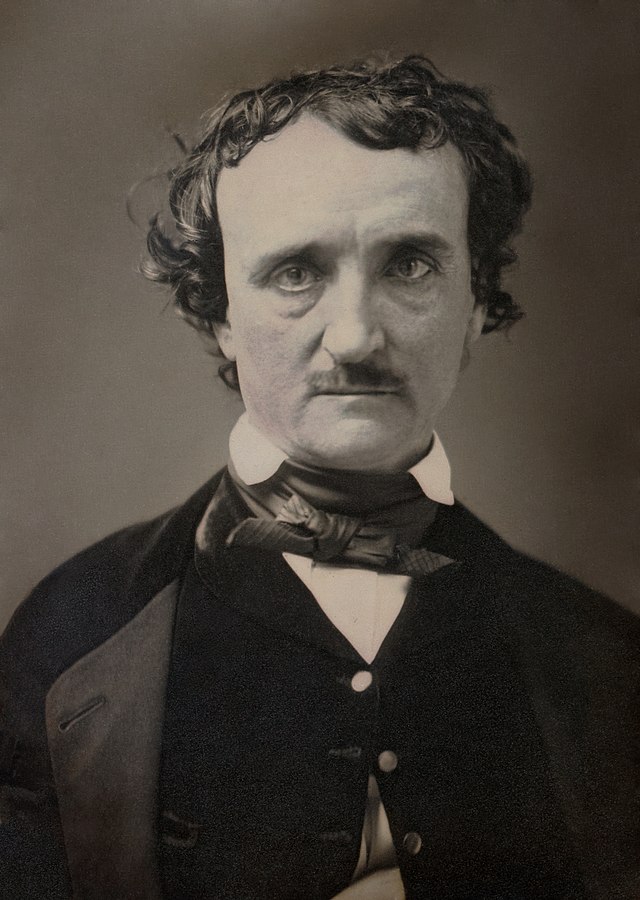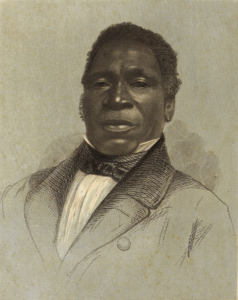Writer and poet Edgar Allan Poe (1809-1849) dies mysteriously in the mean streets of Baltimore. Found delirious and disheveled on a city election day, Poe is presumed drunk and taken to an isolated hospital room where he dies three days later. No complete explanation of his death has ever been uncovered. One common possibility is that Poe was a victim of “cooping,” an election practice of kidnapping someone, changing his clothes, and using him drugged or drunk to vote several times. Poe is internationally famous as a writer of extraordinary and macabre detective and other short stories, poems and literary criticism and is unlike any other contemporary writer. In 1847 he publishes “The Raven” to instant success. Baltimore’s professional football team is now named for this poetic and ominous bird. Poe’s monument and tomb are in the old graveyard surrounding Westminster Hall, now on the University of Maryland’s Baltimore campus. His death is widely commemorated annually by a local Poe Society.

Baltimore City is unique in the U.S. at 1850
In 1850 Baltimore, America’s third largest city, is a singular urban mix of immigrants, free and enslaved Blacks, white leadership and energetic industry. As a border state it is an example of the country’s divisions and challenges before the Civil War.





